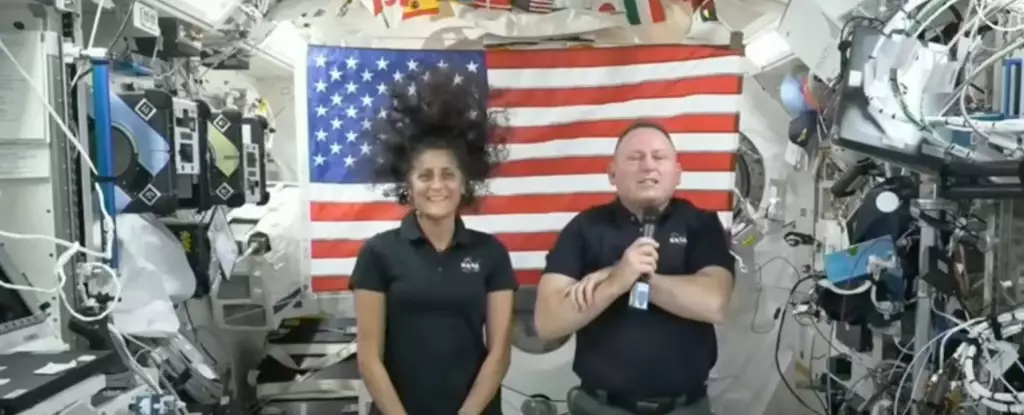NASA astronauts Suni Williams and Butch Wilmore embarked on a space mission aboard Boeing’s Starliner spaceship that quickly spiraled into an unexpected turn of events. Initially planned to spend only eight days on the International Space Station, their voyage was extended indefinitely due to technical issues with the spacecraft.
Wilmore described the launch as “truly amazing,” highlighting the exhilaration of experiencing microgravity for the first time after being pressed back into their seats during liftoff. While in orbit, the astronauts commended the spacecraft’s operational capabilities, with Wilmore even considering giving it a rare perfect score of 1 for its handling qualities.
However, as they approached the space station, a series of malfunctions plagued the spacecraft. Several Reaction Control System thrusters unexpectedly shut down, leading to a loss of control and degraded handling qualities. This forced the astronauts to take manual control to navigate the spacecraft before ultimately successfully docking with the station.
NASA engineers identified five leaks in Starliner’s helium supply, essential for pressurizing its propulsion system. As ground teams troubleshooted these issues, Williams and Wilmore remained engaged in conducting experiments and maintaining the space station alongside their fellow astronauts.
Boeing has been tasked with performing extensive testing on the Starliner spacecraft to address and rectify the encountered issues. The manned mission with Williams and Wilmore was intended to be the final test before certifying the spacecraft for routine astronaut missions. However, the delays caused by technical setbacks have put Boeing behind SpaceX, its competitor in the commercial space industry.
SpaceX’s Crew Dragon spacecraft, developed under a similar timeline and NASA program as Starliner, has already completed testing and received NASA certification in 2020. It has been ferrying astronauts to and from the space station successfully, showcasing a contrast in the progress between the two companies within the commercial crew program.
Despite the challenges faced by Boeing and the setbacks encountered during the mission, Wilmore and Williams remain optimistic about the spacecraft’s potential. They expressed confidence in addressing the identified issues and voiced their satisfaction with the prospect of sending more astronauts on future missions once the problems are resolved.
The journey of NASA’s Starliner spacecraft symbolizes the complexities and uncertainties inherent in space exploration. The resilience and adaptability showcased by the astronauts in navigating through unforeseen obstacles serve as a testament to human ingenuity and determination in the pursuit of scientific discovery beyond the confines of Earth.


Leave a Reply